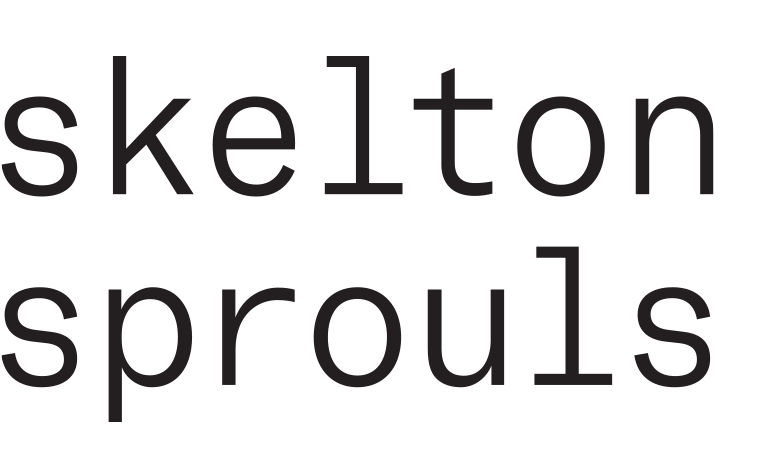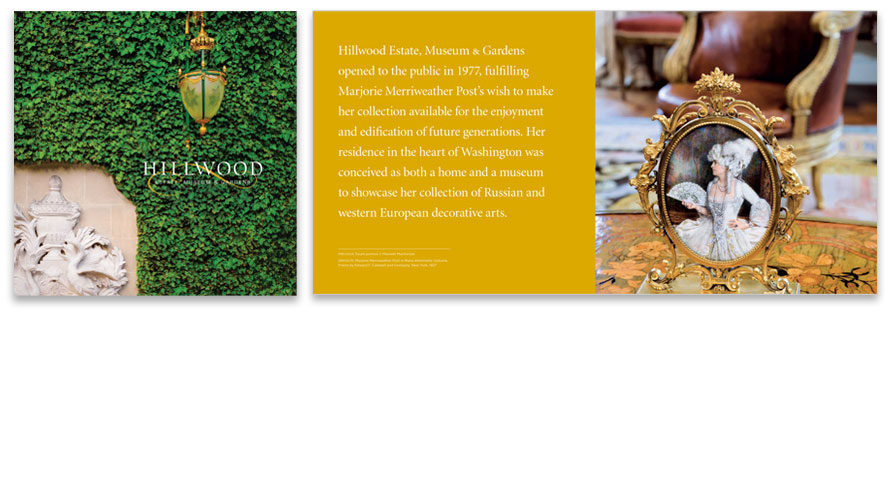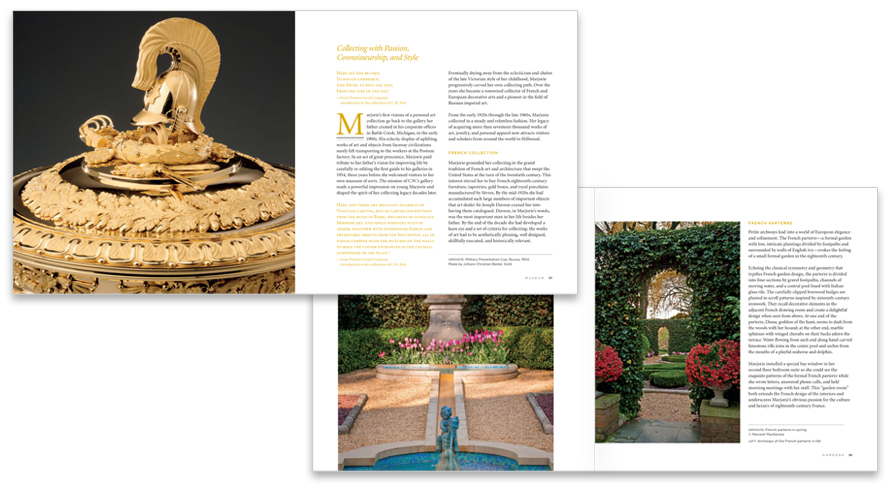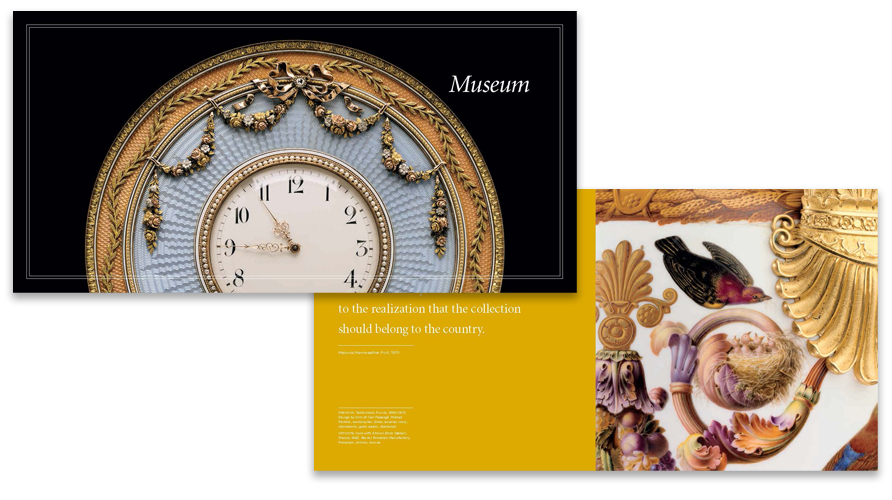Museums often create books that serve as an overview of their collection, or of a particular aspect of the institution, that can be sold to visitors as a recollection of their experience. Compressing selections from an entire museum’s collection into 128 pages or less requires a critical level of editing. Juxtaposing reproductions of objects or artworks with carefully chosen visual details can evoke a sense of place and remind visitors of their museum experience. With the advent of the mobile phone, anyone can capture their museum experience and write about it. However, there is also great value in an authoritative and expertly curated guide to the institution, one that can be taken home to read and enjoy. Two examples of keepsake books we designed in collaboration with museum curators are shown here to illustrate this idea.
TAKING THE COLLECTION WITH YOU
Hillwood Estate, Museum & Gardens remains Marjorie Merriweather Post’s most important legacy. In her home she crafted a spectacular repository for her museum-quality collections. Her focus on collecting French eighteenth- and nineteenth-century decorative arts and Russian imperial art, and on making significant charitable contributions, continued throughout her adult life. We worked hard to highlight only the most significant aspects of her vast collection to create a memorable overview of the Hillwood Estate.
The design of the book was influenced by Marjorie’s approach to creating interior and exterior “rooms” at Hillwood, such as the wonderful views from her exquisite French-style bedroom out to the delicate French parterre and beyond. The contrast between environmental photographs of rooms and gardens with close-up details of Fabergé Easter eggs or porcelain vases, for example, helps define the pacing of the book and evokes the exceptional attention to detail found at the estate.
There is great value in an authoritative and expertly curated guide to the institution, one that can be taken home to read and enjoy.
BUYING THE BUILDING
When the Barnes Foundation relocated to a new building in downtown Philadelphia, we were asked to create a book documenting the building’s origins in Merion, PA, and the realization of its new campus. The use of blueprints, historical and modern photos, architectural renderings, concept sketches, and landscape designs created a compelling visual story that celebrates the extraordinary achievements of the museum's founder, Albert C. Barnes. The book gives readers a deeper understanding of the complex relationship between the two buildings that have housed this world-renowned art collection.
The two buildings of the Barnes Foundation are kindred spirits. They are separated by four and a half miles, nine decades, and a heated controversy about moving a great art collection, but they have in common their institution’s mission of art education. The Foundation agreed that the new building would replicate the layout of the galleries and the elaborate scheme of picture hanging from Merion. Beyond that, the architects of the new Barnes devoted themselves to creating a sequence of outdoor and indoor spaces that, like the design at Merion, guides visitors to encounter great art in a contemplative but concentrated manner. Our keepsake book takes the reader through the complex process from planning to completion of the new building, constantly drawing comparisons between the old and the new structures.
Read earlier case studies from this series:
• Museums: Gallery Guides to Go
• Museums: Art in the Classroom
• Art Books: Judging a Book by its Cover
• Art Books: Special Exhibitions
• Art Books: Cultivating Engagement
Want to be notified when additional case studies in this series are posted?
Subscribe here to receive emails from us.









